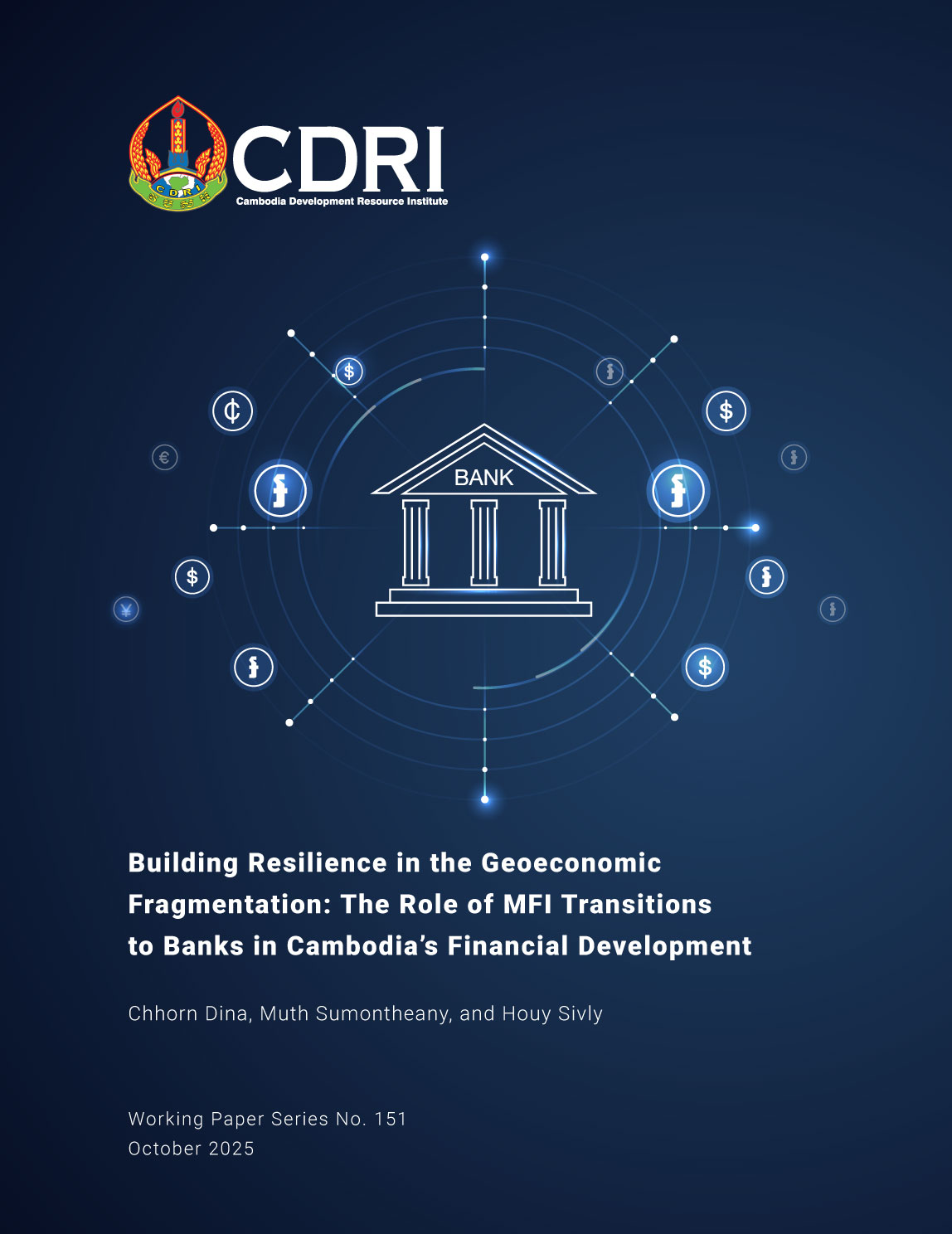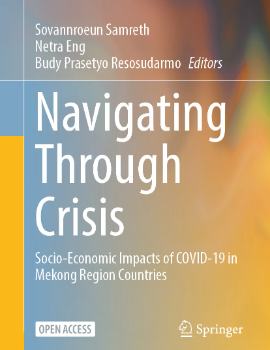
Building Resilience in the Geoeconomic Fragmentation: The Role of Transitioning MFIs to Banks in Cambodia’s Financial Development
Keyword: Cambodia, financial development, MFIs, banks, geoeconomic fragmentation
Abstract/Summary
In a geoeconomic fragmentation, Cambodia’s financial sector faces the urgent challenge of enhancing inclusion while safeguarding stability. The transition of microfinance institutions (MFIs) into banks marks a potential pivotal step toward resilience, offering opportunities to expand financial inclusion and absorb external shocks. This study analyses panel data from 120 financial institutions (2013-2023) to test and present the findings of hypotheses across two distinct periods. During the pre-pandemic period, loan access, an indicator of financial inclusion, is primarily driven by the persistence of prior loan access. Non-performing loans (NPLs), an indicator of financial risk, are significantly influenced by lagged NPLs, economic growth, and the size of financial institutions in terms of assets and equity, highlighting the potential for over-lending during economic booms. Notably, NPLs declined during this period, largely due to the positive effects of transitioning MFIs to banks. In the post-pandemic period, the landscape shifts. NPLs rise due to the adverse impacts of the global pandemic although MFI transitions to banks help mitigate these effects. While global uncertainty correlates with reduced NPLs, likely reflecting more conservative lending, it does not significantly affect loan access. Importantly, transformed institutions expand their branch networks more than their non-transformed counterparts, with this effect becoming more pronounced during the post-pandemic recovery. Financial institutions that have transitioned are more responsive to global uncertainty, suggesting heightened sensitivity to both risk and opportunity in a fragmented international environment. Our findings recommend that promoting Cambodia’s financial resilience requires strengthening bank supervision, a balanced approach to financial inclusion and risk management, improved credit assessments, established deposit insurance, enhanced domestic capital mobilisation, sustainable MFI transitions to banks, and limited commercial bank involvement in microcredit.
DOI: https://doi.org/10.64202/wp.151.202510



